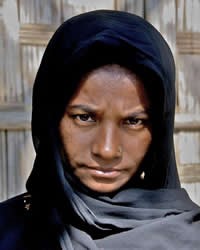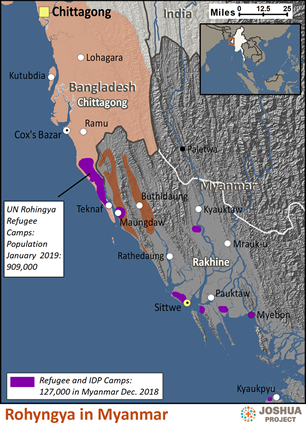The Rohingya are Muslims living in Rakhine state in Myanmar. Some people claim the Rohingya are indigenous to this area. Others say most Rohingya are migrants from Bengal. The name "Rohingya" is a contentious term in Myanmar. The government claims the people should be called Bengali. They have been called one of the world's most persecuted minorities, and most have been denied Burmese citizenship and voting rights. Clashes with Burmese Buddhists in 2012 led to some 140,000 Rohingya now living in displacement camps. The turmoil in 2012 resulted in thousands of Rohingya being killed, many homes and mosques burned, and much looting. Christians need to find ways to minister to the Rohingya, both within Myanmar and in other countries where they reside. Humanitarian help is much needed and will be appreciated.
The Rohingya are strongly committed to their religion. They are a besieged people and this produces extra commitment to their religion.
It is possible there are a few secret believers in Jesus. Pray for just treatment for this downtrodden people group.
Pray for a change of heart by the Burmese government which will result in protection for the people and for citizenship to be granted.
Pray Burmese Christians would become advocates for the Rohingya.
Scripture Prayers for the Rohingya in Myanmar (Burma).
| Profile Source: Joshua Project |


























